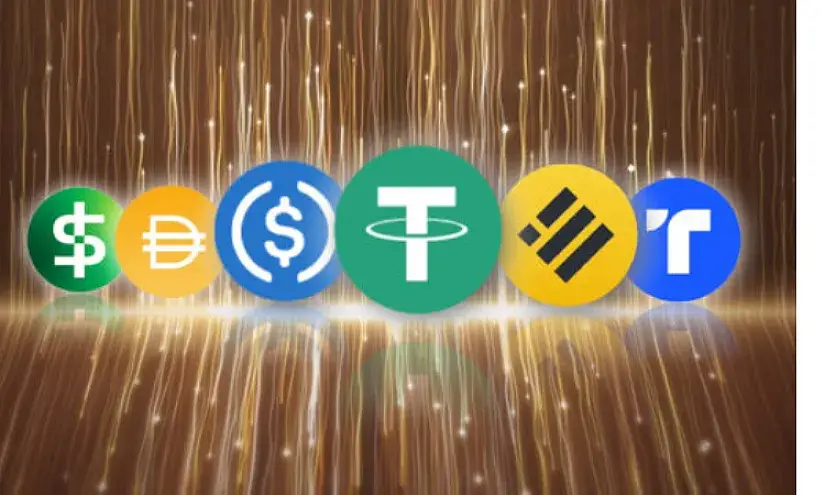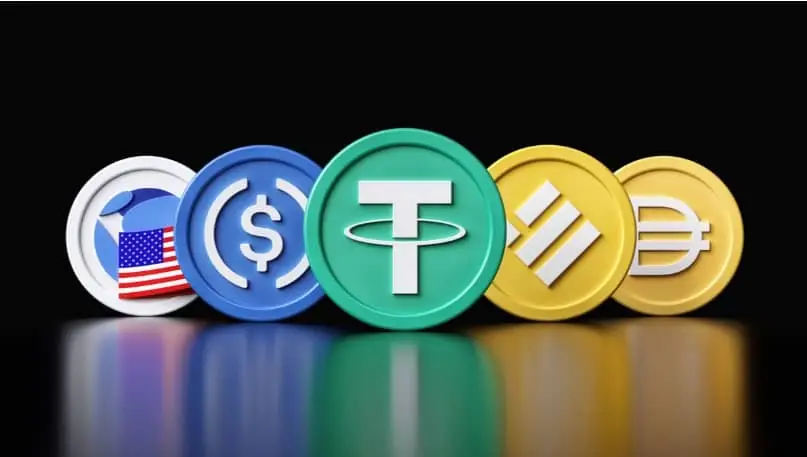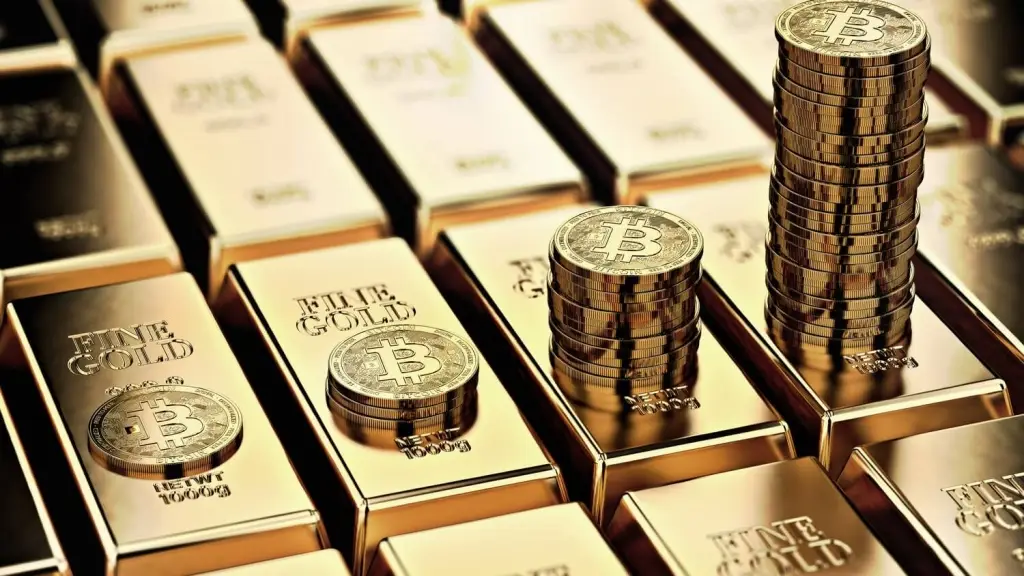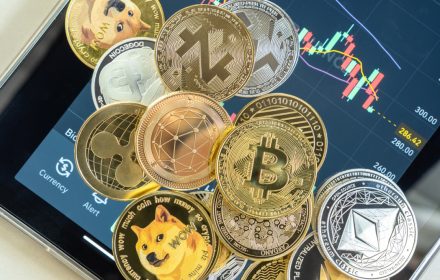Stablecoins provide a financial foundation in the volatile world of cryptocurrencies. Investors, traders, and businesses use them to protect their assets from market fluctuations. Which stablecoins will be at the top of the list in 2024, and why are they worth watching? This article examines the most popular assets, features, and selection criteria.
What are stablecoins, and why are they necessary?
Stablecoins are a type of cryptocurrency whose price is pegged to a stable asset, such as the US dollar or the euro. The coins minimise the risks associated with the volatility of traditional cryptocurrencies. These assets have become indispensable for traders, investors, and businesses conducting international transactions. They enable fast transfers with minimal fees and offer the ability to store money digitally without losing its value.
The list of stablecoins includes coins with different collateral mechanisms: fiat reserves, cryptocurrency collateral, and algorithmic regulation.
Main types:
- Fiat currencies use reserve funds to maintain their exchange rate. In this way, each USDT is backed by real dollars in the issuer’s accounts. These currencies offer a high degree of stability and transparency.
- Cryptocurrency-based investments rely on collateral in the form of other cryptocurrencies. DAI ensures stability through smart contracts and cryptographic collateral. This approach avoids the influence of traditional financial systems.
- Algorithms regulate the supply of coins. When the price rises, the system issues additional coins. If the exchange rate falls, the supply decreases. This mechanism makes the currencies flexible, but also increases risk.
Stablecoins: Ranking by Market Cap for 2024
 Current currency rankings show that fiat-backed assets still dominate. The capital letter reflects popularity and user confidence. Below is a list of the top stablecoins dominating the market.
Current currency rankings show that fiat-backed assets still dominate. The capital letter reflects popularity and user confidence. Below is a list of the top stablecoins dominating the market.
USDT (Tether)
USDT leads the way with a market capitalization of over $80 billion. Tether reliably hedges its liabilities with dollar reserves. The currency is widely used on all major exchanges and currency exchanges. Transactions are fast, fees are minimal, and support for multiple blockchains (Ethereum, Tron, Binance Smart Chain) makes USDT a universal means of payment.
USDC (USD currency)
USDC ranks second with a market capitalization of approximately $30 billion. Transparency and periodic audits characterize the currency. The Circle publisher publishes reserve reports, which increases user confidence. USDC is actively used in the DeFi sector and on trading platforms to hedge and liquidate risks.
DAI
DAI is a decentralized stablecoin with a market capitalization of $5 billion. The coin maintains its stability through cryptocurrency collateral and smart contracts. Using DAI does not require trust in a central issuer, making it popular among proponents of decentralization. DAI is widely used for lending and liquidity in the DeFi ecosystem.
BUSD (Binance USD)
BUSD has a market capitalization of approximately $3 billion. Binance’s stablecoin is pegged 1:1 to the US dollar. BUSD is used for trading on the Binance platform and other exchanges. The currency has low fees and high transaction speeds, making it a convenient trading instrument.
TUSD (Trueusd)
TUSD is one of the most popular stablecoins with a market capitalization of $2 billion. The currency is backed by the US dollar and is regularly monitored. TUSD supports fast, low-cost transactions and is available on major exchanges and brokers.
What are the differences between stablecoins and how do I choose the right one from the list?
The stablecoins mentioned above differ in terms of collateral type, transparency, and scope of application. The choice of currency depends on the intended use and trust in the issuer:
- Fiat currencies like USDT and USDC offer high stability due to their USD reserves. They are suitable for storing money and making payments.
- Support for cryptocurrencies brings decentralization and transparency. DAI is suitable for use in DeFi projects and smart contracts.
- Algorithmic systems offer supply flexibility but are subject to the risk of instability. They are suitable for experienced users willing to take risks.
Selection criteria:
- Issuer reliability: Audited companies and periodic audits.
- Commissions: Comparison of transfer and exchange fees.
- Availability: Listed on major stock and currency exchanges.
- Scope of application: Investment, trade, international transfers.
How to use stablecoins in 2024: List of available options
Stablecoins are a universal tool for capital protection, trading, and settlement. By 2024, they will be used for asset storage, investments, and international transfers. Methods:
- Capital preservation. In a high-inflation environment, you can protect your assets from loss of value by transferring money in USDT or USDC. These currencies are pegged 1:1 to the US dollar, ensuring stability and liquidity. Storing your money in a cryptocurrency wallet ensures security and quick access to your funds.
- Trading and reporting. Traders use stablecoins to purchase cryptocurrencies on exchanges. USDT and BUSD serve as the base currency for spot and margin trading. When the market declines, traders convert their assets into currencies to secure profits and protect against losses.
- Invest in DeFi. Stablecoins like USDC and DAI generate passive income through staking and lending on platforms like Aave and Compound. Profitability is 5% per year, and the transparency of smart contracts reduces risk.
- International transfers. Currencies allow for fast and cheap transactions worldwide. USDT transfers take a few minutes and cost $1, making them more cost-effective than bank wire transfers.
Conclusion
 The list of stablecoins for 2024 includes reliable and popular coins with various security mechanisms. USDT, USDC, DAI, and others bring stability and ease of use to the digital economy. Choosing the right stablecoin depends on your goals, your trust in the issuer, and your usage conditions.
The list of stablecoins for 2024 includes reliable and popular coins with various security mechanisms. USDT, USDC, DAI, and others bring stability and ease of use to the digital economy. Choosing the right stablecoin depends on your goals, your trust in the issuer, and your usage conditions.
 en
en  ru
ru  de
de  ar
ar  es
es  nl
nl  hi
hi  fr
fr  it
it  pt
pt  el
el 










